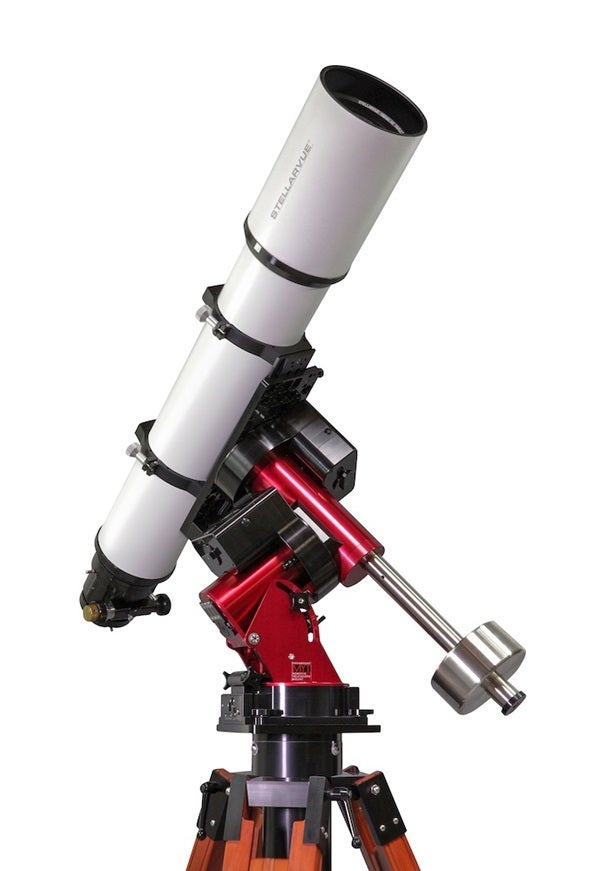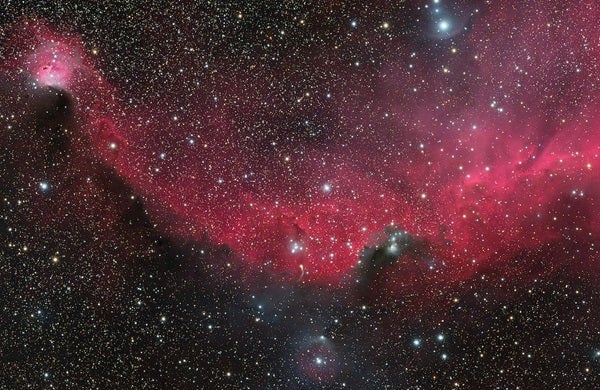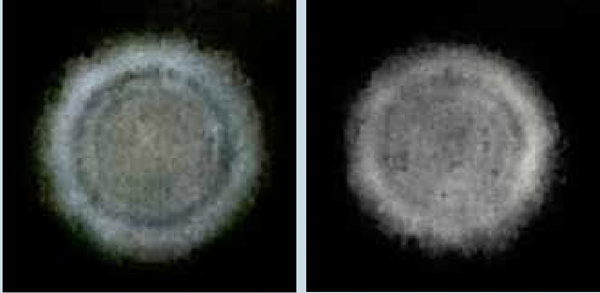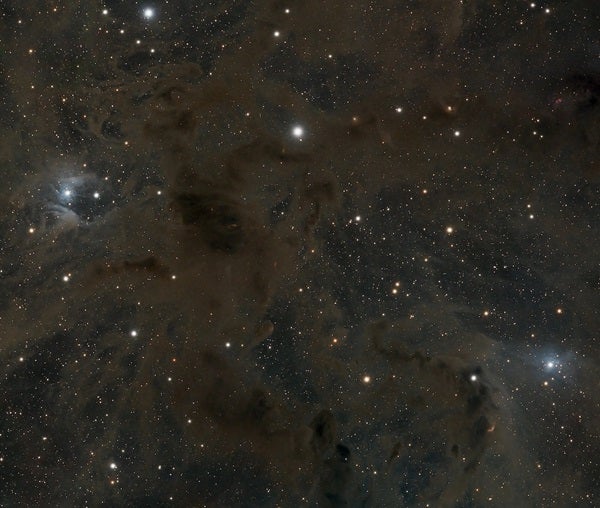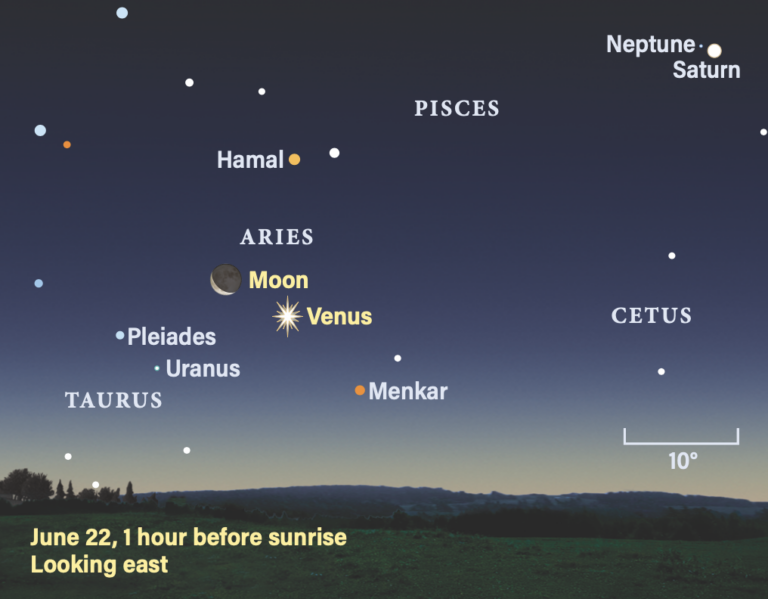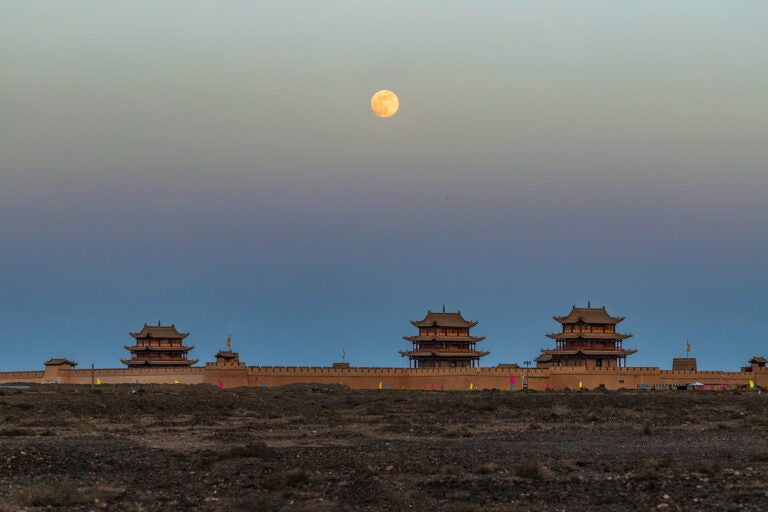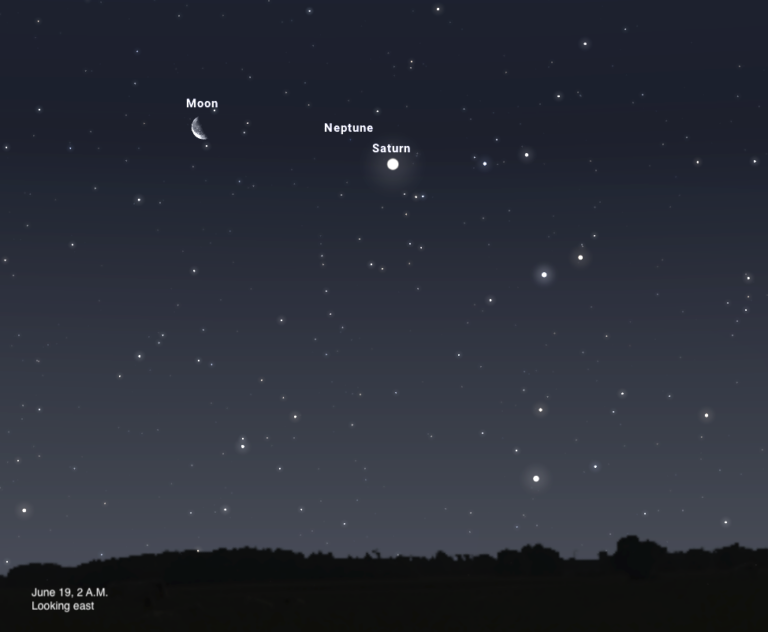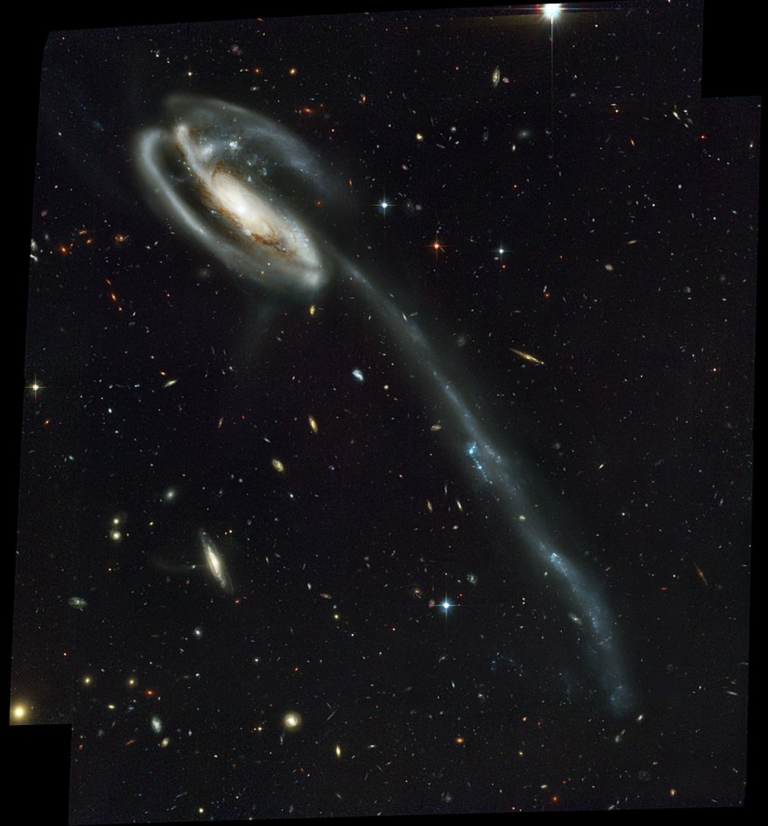Since Stellarvue’s founding more than 20 years ago, optical excellence has been the driving force behind their production of top-tier refracting telescopes. Over the years, Stellarvue has refined their designs and manufacturing techniques, added sophisticated equipment, and trained a corps of master opticians. They currently offer refractors ranging in size from 3 inches to 6 inches. Their largest is the SVX 152T, a 6-inch f/8 apochromatic refractor.
As an astrophotographer, I wanted a telescope that excelled at several things: providing extremely well-corrected optics, easily handling a large 35mm-format camera, and offering a focal length long enough to enable both wide fields of view and relatively high resolution. Because it meets these criteria, I was eager to test Stellarvue’s highly rated SVX 152T.
Unpacking
The SVX 152T ships in a box about the size of a refrigerator and is packed with foam and double-layered cardboard. A robust, hard-sided carrying case with wheels further protects the scope. The case is extremely well made, with riveted aluminum framing around all the edges, and lined with a foam cutout to fit the scope. Twist-locking latches keep the case closed. There are handles on each end to allow two people to easily carry the case, if needed. Inside the case was a user manual and an envelope containing the objective report of the scope, measuring its specific optical quality using the Strehl ratio.
Let’s pause and go over what this number means. The Strehl ratio is one measure of optical excellence used by amateur and professional astronomers alike. A lens or mirror with a Strehl ratio of 1 is theoretically perfect. So, ideally, you want your optics to rate as close to 1 as possible.
These days, machined optics typically reach 0.95 Strehl. If a manufacturer wants to get a mirror or lens with a better value, they’ll need to further refine it by hand, which is a time-consuming art that takes years to perfect. But Stellarvue has reached that higher standard. The SVX line of refractors from 102mm and up all boast hand-figured objectives with a minimum Strehl ratio of 0.99, while the 80mm variants achieve a 0.98 Strehl ratio.
According to the report, my scope measured 0.997 Strehl.
Setup
The SVX 152T weighs 27 pounds (12 kilograms), including the rings and a dovetail plate. However, there may be some variation depending upon which focuser you order with the scope. As an imager, I selected the 3.5-inch MoonLite NightCrawler, a fantastically accurate focuser with a built-in rotator. Your other option is the 3.5-inch Feather Touch from Starlight Instruments. The Feather Touch can be fitted with excellent autofocus systems from Optec, Starlight Instruments, or other manufacturers. This is a great option if you plan on mixing visual observing with imaging.
The SVX 152T is a big scope, nearly 5 feet (1.5 meters) long with its sliding dew shield extended and a camera — as well as either spacers or a diagonal — added. This means it should be paired with a stiff mount. My ZWO ASI6200 camera and EAGLE3 Pro computer brought the total weight close to 40 pounds (18 kg).
I used a Software Bisque Paramount MYT mount with a recommended max imaging weight of 50 pounds (22.6 kg), so I was pressing the limit. In my observatory, where I’m protected from wind, I haven’t had any issues at all. However, in the field at a star party, I would likely need to put up a wind break to protect my setup.
Getting started
With any new scope, I always begin with star testing to ensure the optics are in good shape. I use Harold Richard Suiter’s wonderful book Star Testing Astronomical Telescopes (Willmann-Bell, 2009), which explains how to test each type of telescope, as my reference.
Testing the SVX 152T on a real star proved the optics are excellent, but thanks to Earth’s turbulent atmosphere, I had only fleeting moments to see the diffraction rings come in and out of focus. Following Suiter’s guide, I used an artificial star to reduce those effects. Suiter says that for a 6-inch f/8 optical system, using a point source with a 0.1-millimeter aperture placed at a distance greater than 80 feet (24 m) should be sufficient, although it may cause a bit of undercorrection.
To perform my test, I used a small artificial star device that has several different size apertures, including a tenth of a millimeter. I equipped the scope with a 5mm Takahashi eyepiece at 241x magnification. After placing the scope on a table, I moved the light source 100 feet (30 m) away and ran the test. I saw only a slight difference between the rings, with the outside focus just a bit more defined. This was due to the slight undercorrection expected from the short distance to my artificial star.
I did my best to document the star test, but getting images proved harder than I expected, as a bit of turbulence still existed across the grassy surface of my backyard. The resulting cellphone images (shown above) are much less defined than what I visually saw through the eyepiece.
In the field
I’ve used this scope for over a year now and the tracking and guiding are excellent, as long as I can keep the wind off it. But wind is a problem for any larger scope and a wind shield is more than enough to solve that problem. The scope also cools down quickly, thanks to its aluminum tube.
The MoonLite NightCrawler focuser is optimized for imaging, but it is also easy to use visually. While I don’t do a lot of visual observing from home, the few times I have, this scope provided views of an inky black sky background and crisp point sources that would snap into focus. Lunar observing was just as rewarding. My views of the First Quarter Moon were absolutely mesmerizing, with ultrasharp detail and wonderful contrast.
Using a ZWO ASI 6200 35mm-format camera along with a Stellarvue field flattener, my test images showed that the scope is an outstanding performer for imaging. From the hot weather in the summer to below-freezing temperatures in the winter, I have yet to see any signs of aberrations or issues with the lens cell. The images I’ve been able to take over the past year, either from my suburban home skies or at dark sites, have been the best I’ve ever captured, thanks in part to this refractor’s ultrahigh Strehl ratio.
Discriminating visual observers looking for a large refractor with near-perfect hand-figured optics capable of showing exquisite detail will find it in Stellarvue’s SVX 152T. And astrophotographers aspiring for an imaging scope able to deliver high-resolution, extremely sharp shots with well-corrected, wide fields of view should also consider this scope. I couldn’t be happier with the performance. The superb workmanship that has gone into producing this telescope has taken my astrophotography work to the next level.
Stellarvue’s SVX 152T
Aperture: 6 inches (152 mm)
Focal length: 1200 mm
Focal ratio: f/8
Weight: 27 pounds (12.2 kg)
Price: $8,995 with Feather Touch Focuser, $11,699 with Moonlight Focuser upgrade
Contact: Stellarvue
11802 Kemper Road
Auburn, CA 95603 USA
530.823.7796

